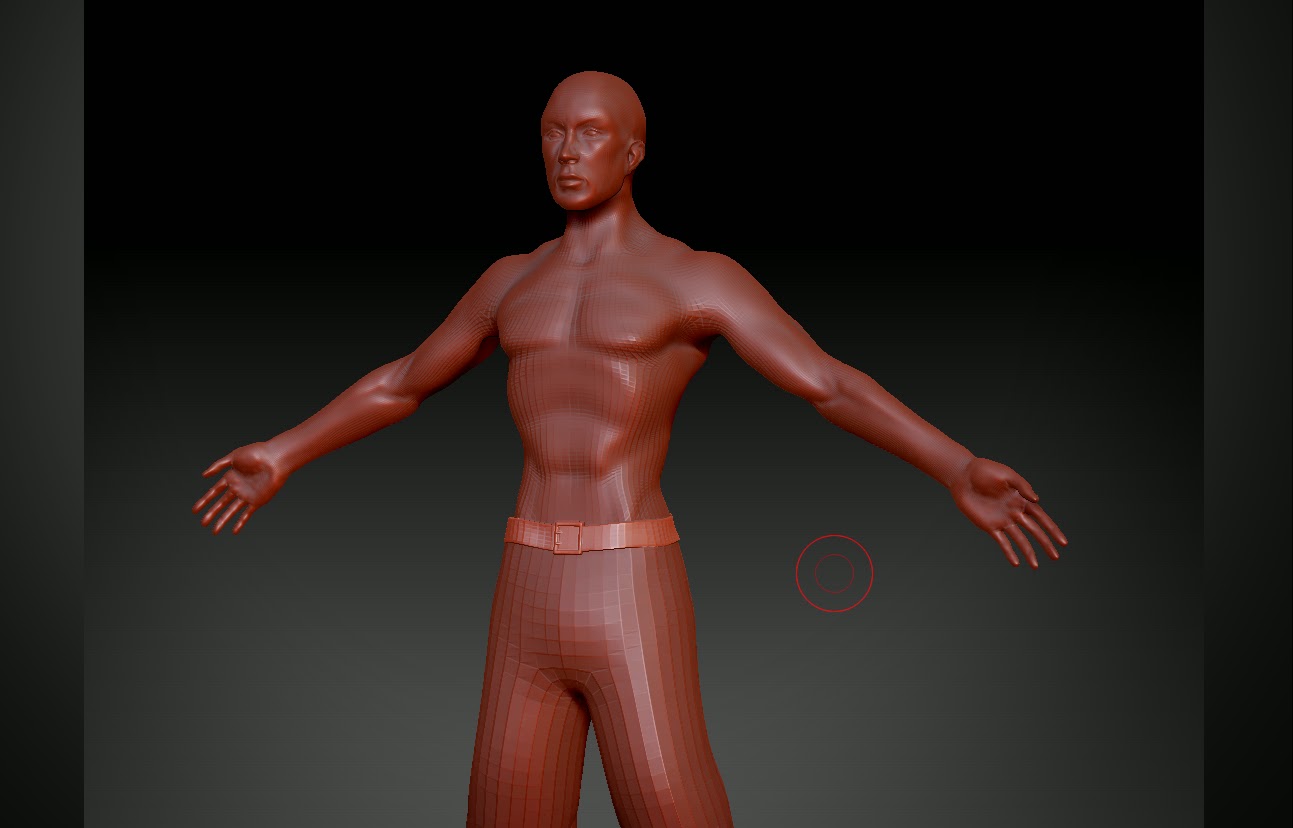This week was a really busy one. After 2 mostly holiday weeks, lots of works needs to be done. We were quite behind schedule at that point. The plan was to complete and finalized all characters as soon as possible. Next, I have to light and complete renders for the whole of phase_01, which include 3 separate shots, by end of this week.
I begin the work by start on the sculpting of the Punjabi. This was suppose to be done by one of our team member. Due to some issue with previous model attempts, I end up to create the final version of the Punjabi. This is what it looks like when my team member pass it to me.
Here is the Punjabi used for the soldier in the end. It when through multiple adjustment and retopologise process to finally create a acceptable and usable piece.
With the Punjabi ready, all parts of the Punjabi soldier model is in place. Rigging process could begin. Importing all pieces in Maya, and export as OBJ as a whole for uploading to Mixamo for basic rigging.
As usual, after the Mixamo rigging, further weight painting is required. Making sure the rig have no major skinning issues. The Punjabi soldier character is completed at this point.
Next, as mention in the previous blog, we have given the Japanese solider the wrong helmet. Hence, re-modelling of a historically accurate helmet is required. I have modelled the basic form of the helmet before importing it in Zbrush. Further positioning and shaping is needed in order to fit the soldier's head.
Since, all previous helmets needed to be replaced by the new one. I have to re-rig the character, in order to replace the previous Japanese soldier model reference. Once again, I assemble all parts in Maya, exporting as OBJ file.
Fixing weight painting issue is always the process I went through after the Mixamo auto-rig.
The new Japanese soldier character with the right helmet is completed.
At this point, all three soldier character is completed. I began to work on the lighting as the scenes are still setting up, testing and trying different lighting looks. There some basic information given by lectures. For instance, the silhouette rim light is a must for all character lighting. Also, the general lighting color should be warm colors such as red or orange tone.
The beginning trench shot (shot 01) is the very first lighting scene I have worked on. The lighting for this shot is quite simple as the camera are moving and facing the same general direction.
Shot 02 is the same continuous scene right after shot 01. Due to file size and hardware limitation, splitting the scene into multiple shots and rendering separately is necessary.
Shot 02 is also much more complicated camera movement compare to shot 01, this lead to a more complex lighting processes.
Light linking needs to be introduced in order to achieve the rim lighting requirement. Since, every soldier character is at different location spreading around the terrain. Light linking of various different terrain and surrounding objects is also crucial in the process.
Here are some test render I have at that point.
Different lighting needs to be added on different soldiers as the camera changes directions. Light needs to shine from opposite direction as the camera is facing in order to create the rim light.
The Malay regiment leading character, Adnan, is the connection between shot 02 and shot 03. Again, light linking is also important in this shot, as there are 3 different parts within the scene.

















































